5. Throne of Blood (1957) – Akira Kurosawa
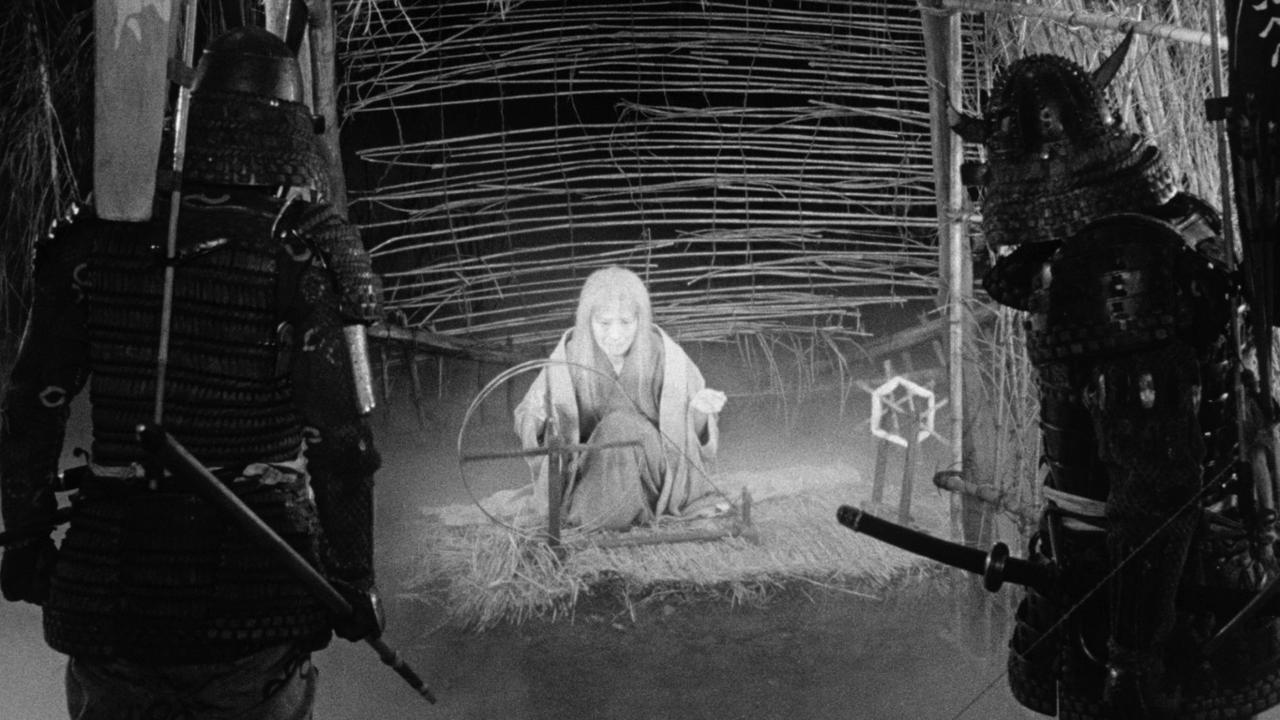
One of the many things that made Akira Kurosawa famous are his adaptations of Shakespeare. With “Throne of Blood,” the Japanese master filmmaker made an adaptation of Shakespeare’s “Macbeth” one of his greatest plays. In the original text we see the corruption of Macbeth as his ambition for power leads him to his rise and fall. Shakespeare’s text is one of great depth and complexity that gave Kurosawa the chance to make one of his greatest works.
For the monumental work of adapting this masterpiece, Kurosawa picked his biggest collaborator to play the role of Taketoki Washishu (in the place of Macbeth): the great Toshiro Mifune. With a great cast and crew in his command, Kurosawa was able to create scenes that wonderfully express the elements in Shakespeare’s play.
For example, the realization of the two soldiers that their destinies may end in the death of each other by positioning them in relation to a castle (the throne), or the constant ambition driving Washishu’s actions with mise-en-scene of the lord and his wife in a room. Every scene in the film is so carefully planned that one discovers something new every time the movie is re-watched.
4. The Conformist (1970) – Bernardo Bertolucci
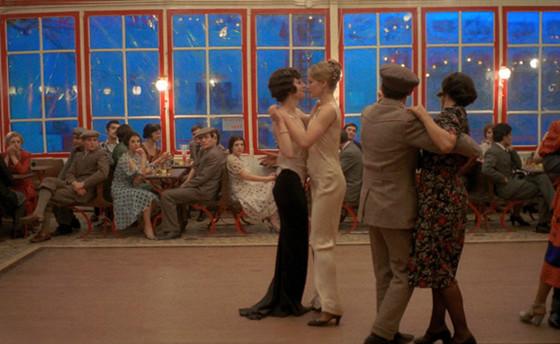
Based on the novel by Alberto Moravia written in 1951, this collaboration between the great Italian director Bernardo Bertolucci and legendary cinematographer Vittorio Storaro tells the story of a fascist Italian named Marcello Clerici (Jean‑Louis Trintignant) who is instructed to kill a man on his honeymoon; he has to kill an old professor. The film deals with the relationship between a man and a regime, corruption and freedom in a fascist state.
The film is full of hidden intentions and repressions between characters and from the characters to their surroundings; thus, Storaro and Bertolucci made very complex shots with frames within frames, strange arrangements for the space, and powerful illumination techniques. In this film, Bertolucci and Storaro managed to express the emotional state of their character with the arrangement and illumination of the space.
3. Rules of the Game (1939) – Jean Renoir
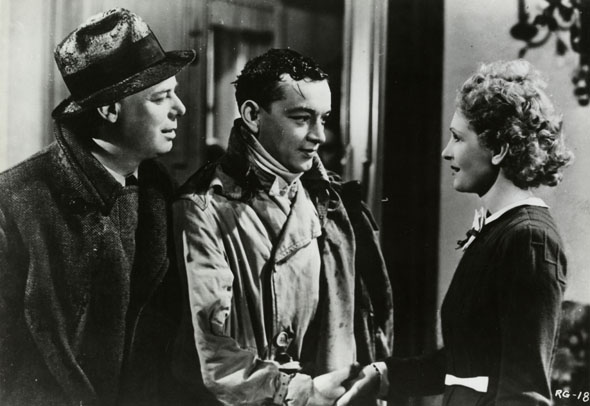
“La Règle du jeu” is the only film in this list that was released prior to “Citizen Kane.” It is the most known and revered film by French filmmaker Jean Renoir. He was a filmmaker that was ahead of his time, both thematically and technically. Even though the film was a commercial failure and was censored by German and French government, it survived to become one of the most iconic films in film history.
The film was the pinnacle of Renoir’s career, and the most expensive French film until 1939. With the help of his cinematographer (Jean Bachelet), Renoir used deep depth of field for long and complex takes. These long takes took place within the complex dynamic of the aristocratic characters. The story unfolds as the characters passions emerge, but they avoid talking about all that is going on (the unspoken rule). The film was threatened viciously in its time, as was “Citizen Kane,” but both films ended up acquiring their deserved places in the pantheon of cinema.
2. Stalker (1979) – Andrei Tarkovsky
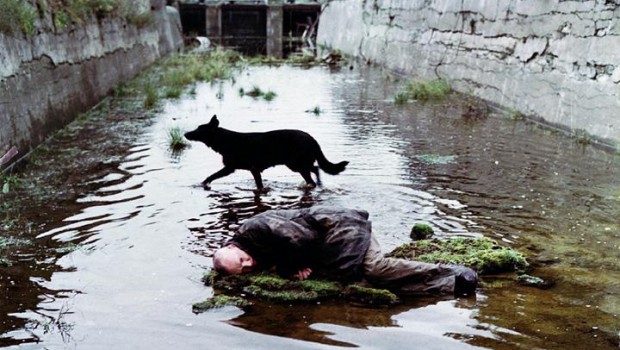
This is the sixth film in Tarkovsky’s short yet grandiose filmography. It displays Tarkovsky’s longtime collaborator Anatoly Solonitsyn (“Solaris,” “Andrei Rublev” and “The Mirror”) as a writer who, along with a professor (Nikolai Grinko), is led by a man named Stalker (Alexander Kaidanovsky) to a place where one can make a wish: the Zone.
In contrast with other Tarkovsky films such as “The Mirror,” “Ivan’s Childhood” or “Andrei Rublev,” this film sticks itself to Aristotle’s three units: action, duration and location. Thus, for the two and a half hours of the film, we see the three men on their way to the Zone while they have the classical Tarkovskian philosophical conversations.
These conversations, along with Tarkovsky’s taste for extremely long takes, extremely talented actors, and wonderful locations full of ruins and wilderness, are the perfect combination for a movie where the mise-en-scene plays one of the most important roles. The plot is all about getting to the Zone, a physical place, thus every scene’s mise-en-scene explores these conflicts in a way that only Tarkovsky could.
1. Vertigo (1958) – Alfred Hitchcock
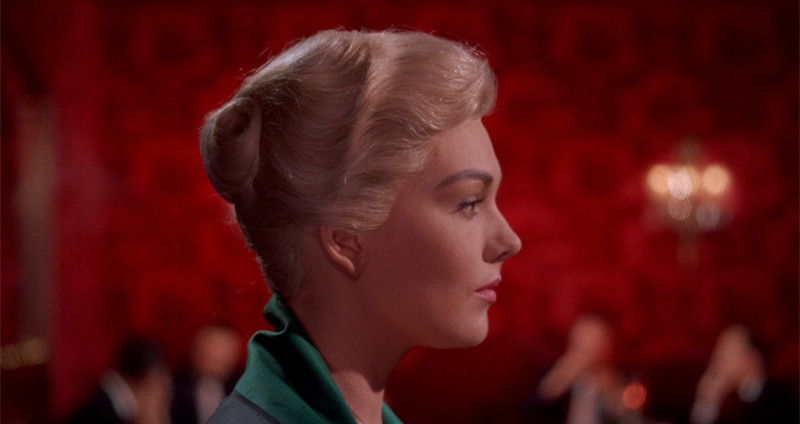
This late Hitchcock psychological thriller, along with “North by Northwest” and “The Birds,” is a film that displays the mastery of Hitchcock, not only in the genre but in film form. As usual, he was the producer of the film and the script was based on a novel (“From Among the Dead”) and assigned to professionals (Alec Coppel and Samuel A. Taylor) with whom Hitchcock would closely work.
In the film, we can see the characteristic elements of a Hitchcock film (and the genre) which indeed were very propitious for a mise-en-scene treatment: power relationships around secrets which lead to lies and the will to find the truth. John (James Stewart), a former police officer, is hired by an old friend (Tom Helmore) after suffering a job accident in which a co-worker died, to follow his friend’s spouse Madeleine (Kim Novak).
The accident causes John to suffer from acrophobia (an extreme fear of heights) and as the plot unfolds, he struggles with this fear, the blame for the death of his co-worker, and his will to find out the real intentions of his friend and Madeleine.